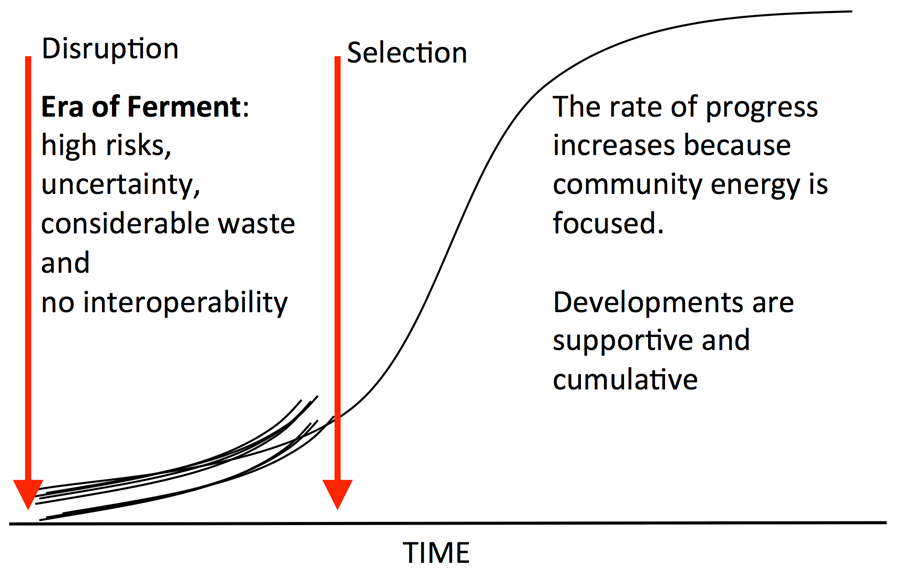HDF at SciPy2015
John Readey, The HDF Group
| Editor’s Note: Since this post was written in 2015, The HDF Group has developed HDF Cloud, a new product that addresses the challenges of adapting large scale array-based computing to the cloud and object storage while intelligently handling the full data management life cycle. If this is something that interests you, we’d love to hear from you. |

Interestingly enough, in addition to being known as the place to go for BBQ and live music, Austin, Texas is a major hub of Python development. Each year, Austin is host to the annual confab of Python developers known as the SciPy Conference. Enthought, a local Python-based company, was the major sponsor of the conference and did a great job of organizing the event. By the way, Enthought is active in Python-based training, and I thought the tutorial sessions I attended were very well done. If you would like to get some expert training on various aspects of Python, check out their offerings.
As a first-time conference attendee, I found attending the talks and tutorials very informative and entertaining. The conference’s focus is the set of packages that form the core of the SciPy ecosystem (SciPy, iPython, NumPy, Pandas, Matplotlib, and SymPy) and the ever-increasing number of specialized packages around this core.
